Today, Ibis Cycles has announced a (quite literally) huge bike for it – the enduro-ready, long travel trail bike, dubbed the ‘Ripmo’. The bike was quietly raced this weekend in Chile at the first round of the EWS. The bike notched a very impressive third in the men’s race and fourth in the women’s race. And while the bike hasn’t been officially launched until now, its racers weren’t hiding them either. (It’s hard to hide if you’re on the podium…)
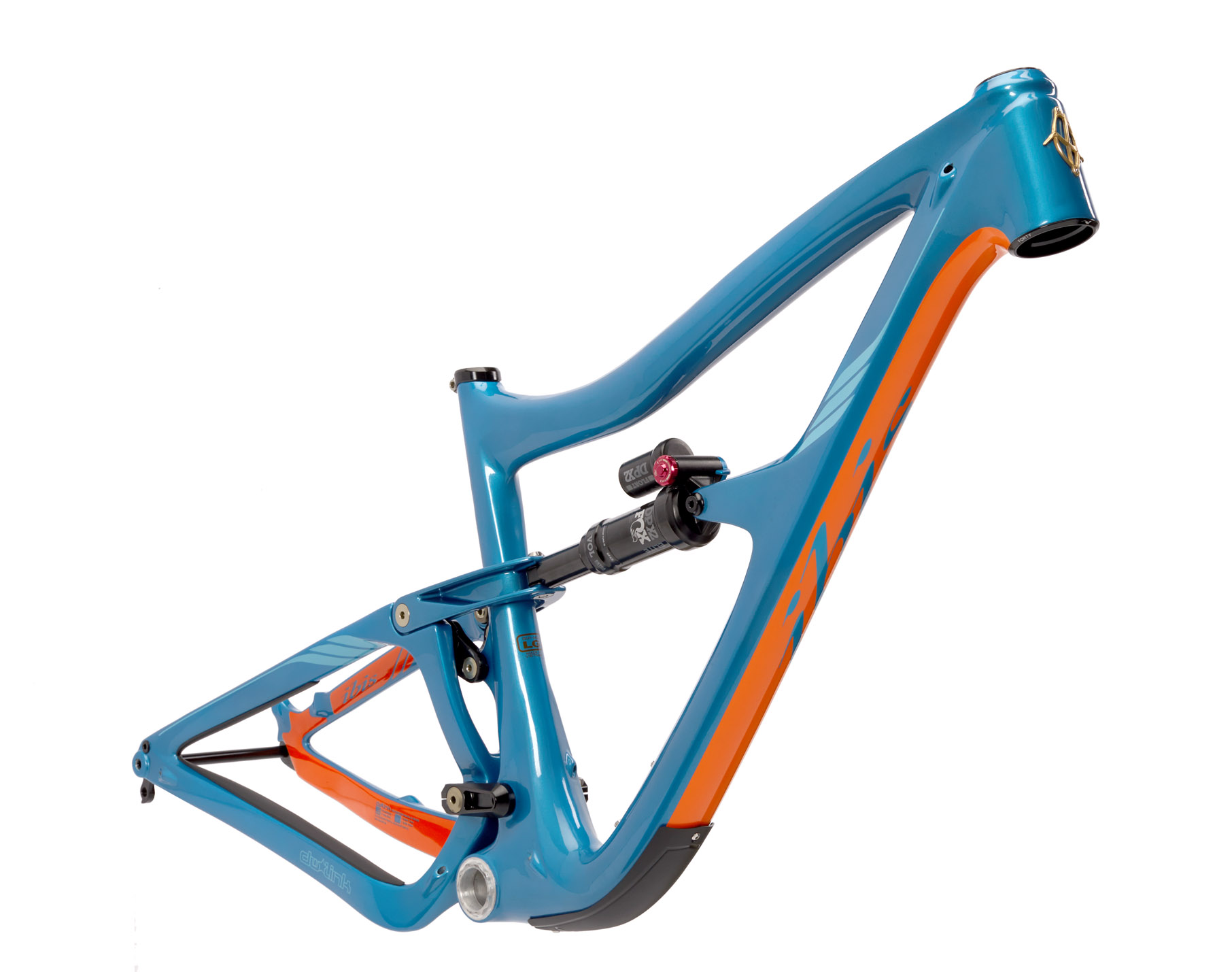
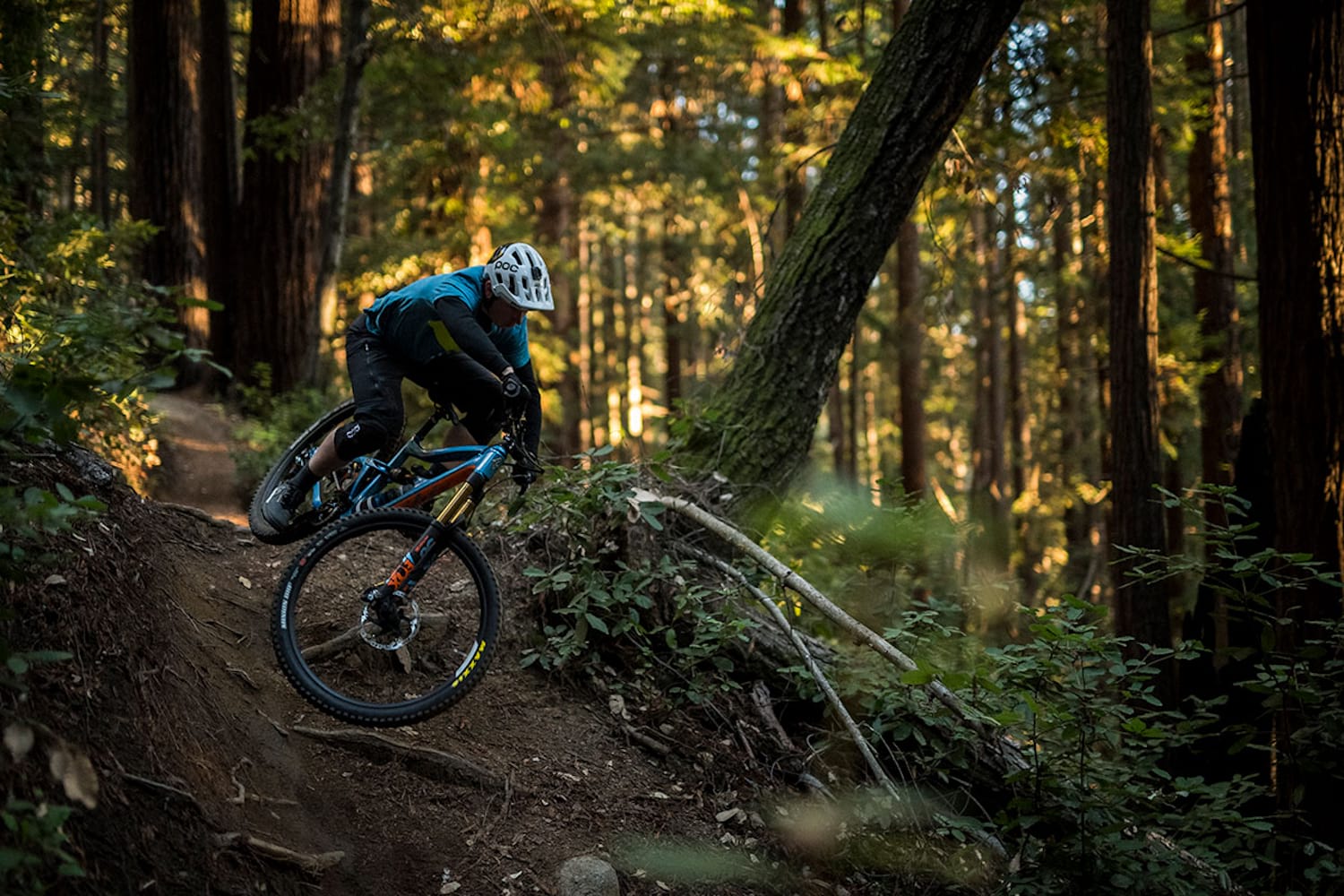
Why is it called the Ripmo? Because it takes the best of the Ibis Ripley 29er and the best and burly from its Mojo HD 27.5in trail bike. RIPley, MOjo, geddit?

And why are we so excited about it? Because we’ve got the only one in the UK! Yes, while there are a couple being ridden around in Chile (and no doubt a few on the trails of Santa Cruz) we have the only one in this country and Chipps has been riding it around all weekend since it turned up in its secret parcel last week. Take it away, Mr C…
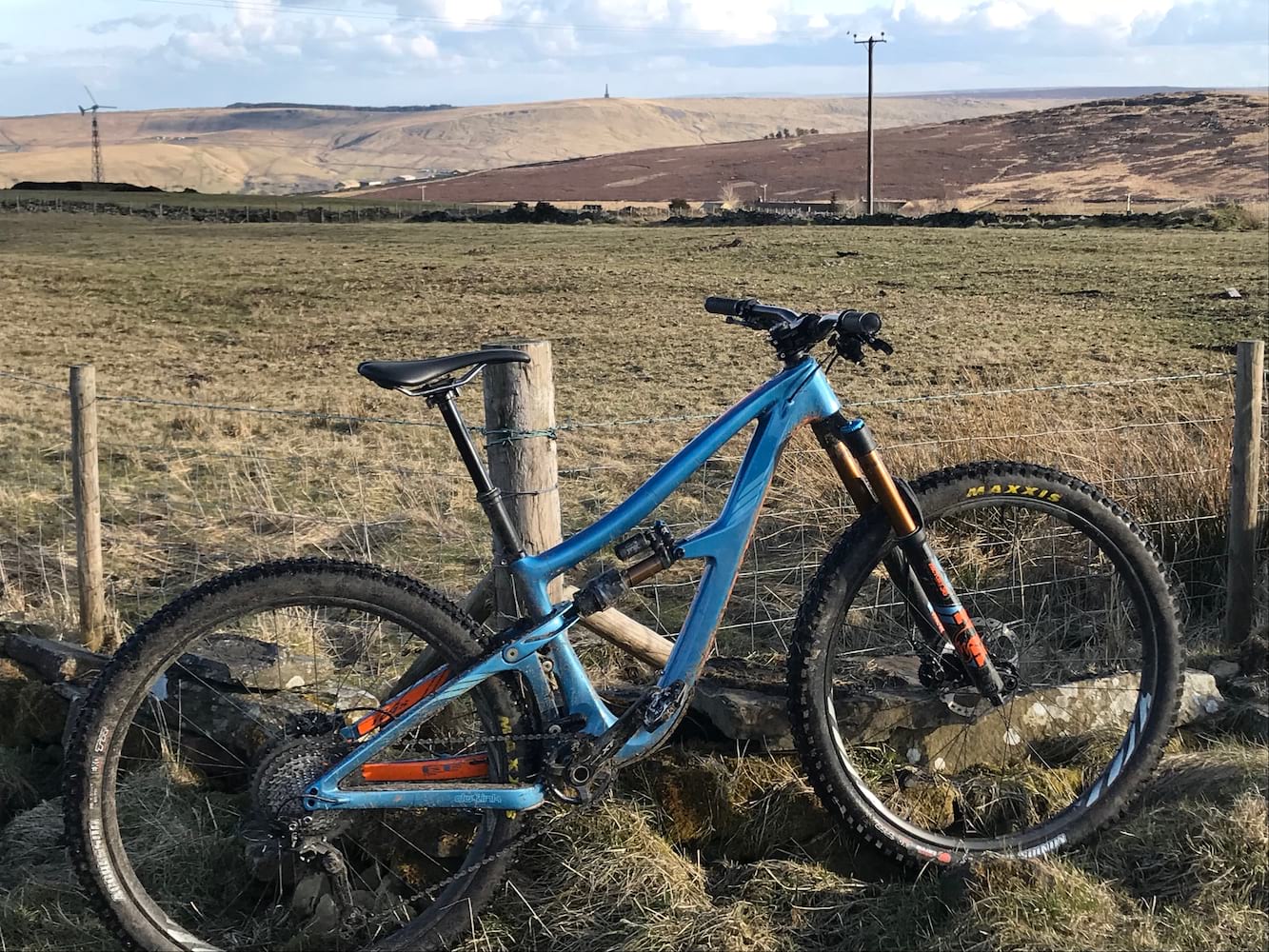
So, let’s look at this bike and see what the key points are:
Latest Singletrack Merch
Buying and wearing our sustainable merch is another great way to support Singletrack
The bike has 29in wheels, bringing Ibis up to date with what’s going on in the enduro scene. It seems that bigger wheels really are faster, but you can’t just wang them on any old frame as the bigger wheels (with bigger tyres on) can take a fair amount of fitting into a frame and, more importantly, giving decent steering control to. Ibis has chosen to go with ‘reverse mullet’ geometry, with a longer fork than rear travel. Here are some numbers and facts:
- The Ripmo has 145mm rear travel and is designed around a 160mm fork.
- There is room for 2.6in tyres (ours features 2.5WT tyres on Ibis’ own wide rims and there’s tons of room to spare)
- The frame is full carbon – front triangle and rear swingarm. The frame now has full internal (outer) cable routing. Frame weight is claimed at 6lbs/2.72kg with Fox DPX2 shock
- The bike features a 65.9° head angle and a 76° seat tube angle. The bike is designed around a shorter 44mm custom offset fork, which Ibis reckons is worth an extra degree of slackness at speed (so 64.5…)
- Comes in four sizes. Reach for a small is 431mm, for a medium is 447mm, and for a large it’s 471mm. The XL has a reach of 495mm.
- Seat tube heights have been dropped to give better standover and much longer dropper post compatibility. Sizing up for more reach isn’t going to cause any seatpost issues.
- The bike has room for a full-sized bottle cage, even with a piggyback shock.
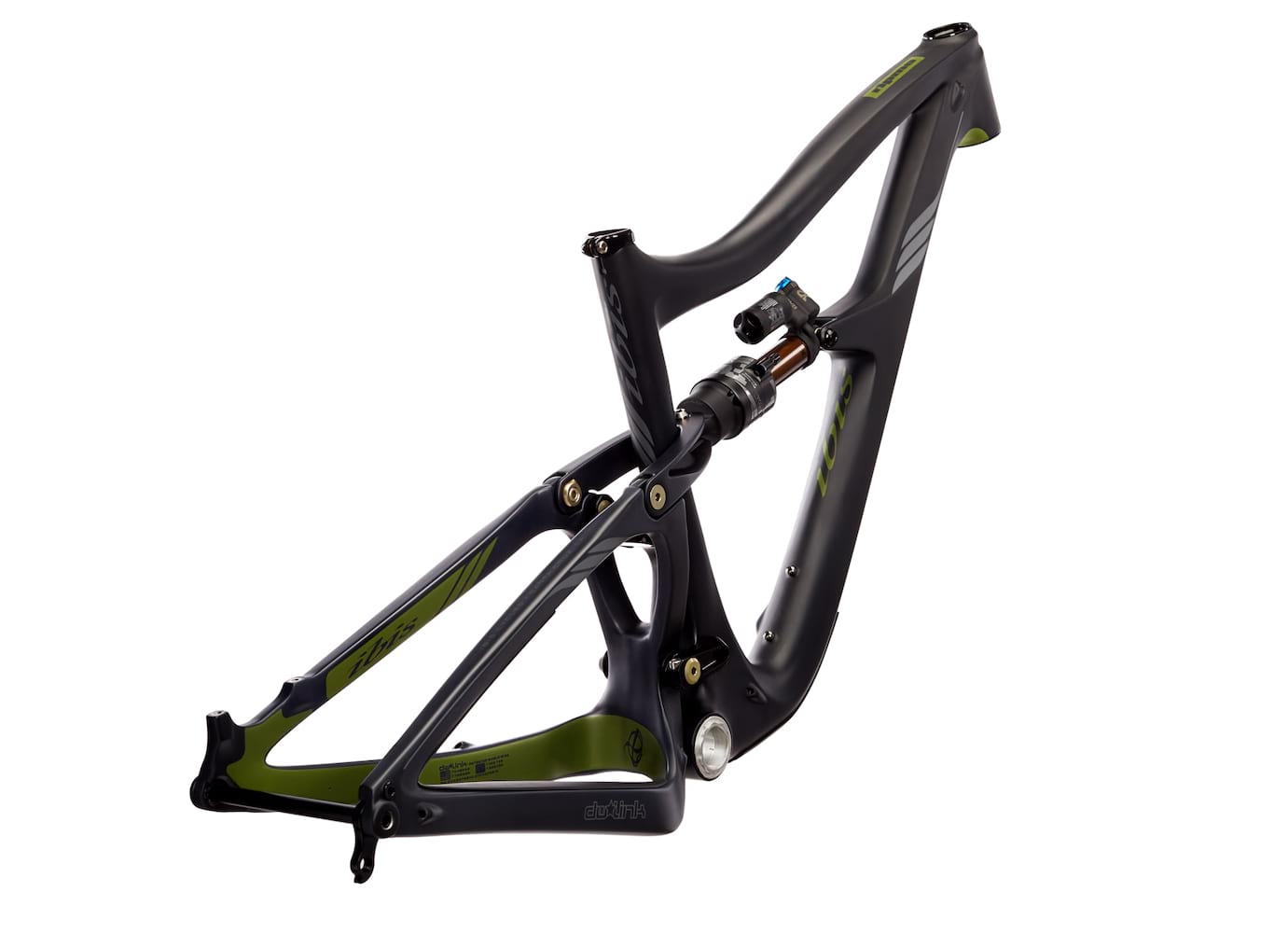
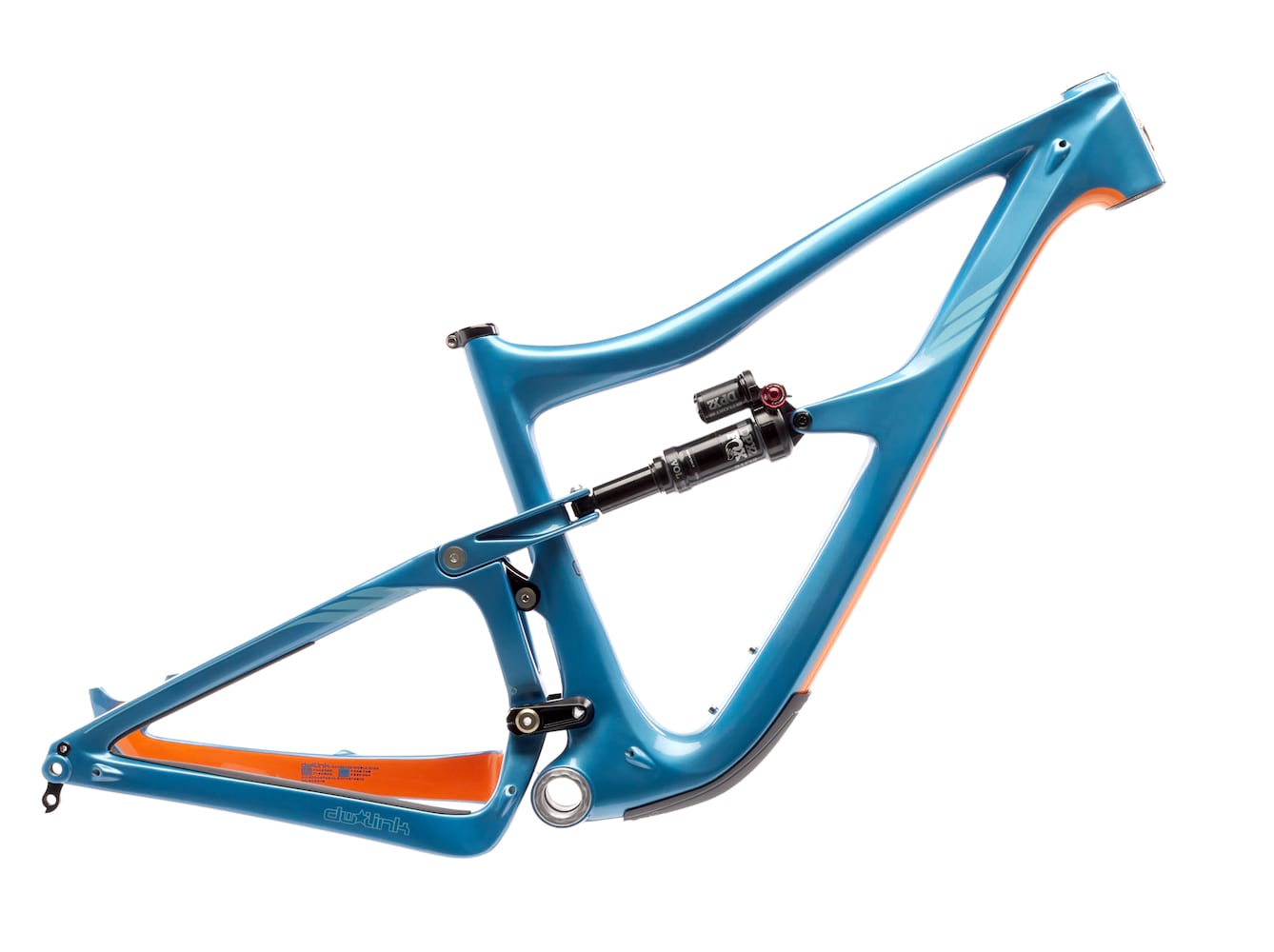
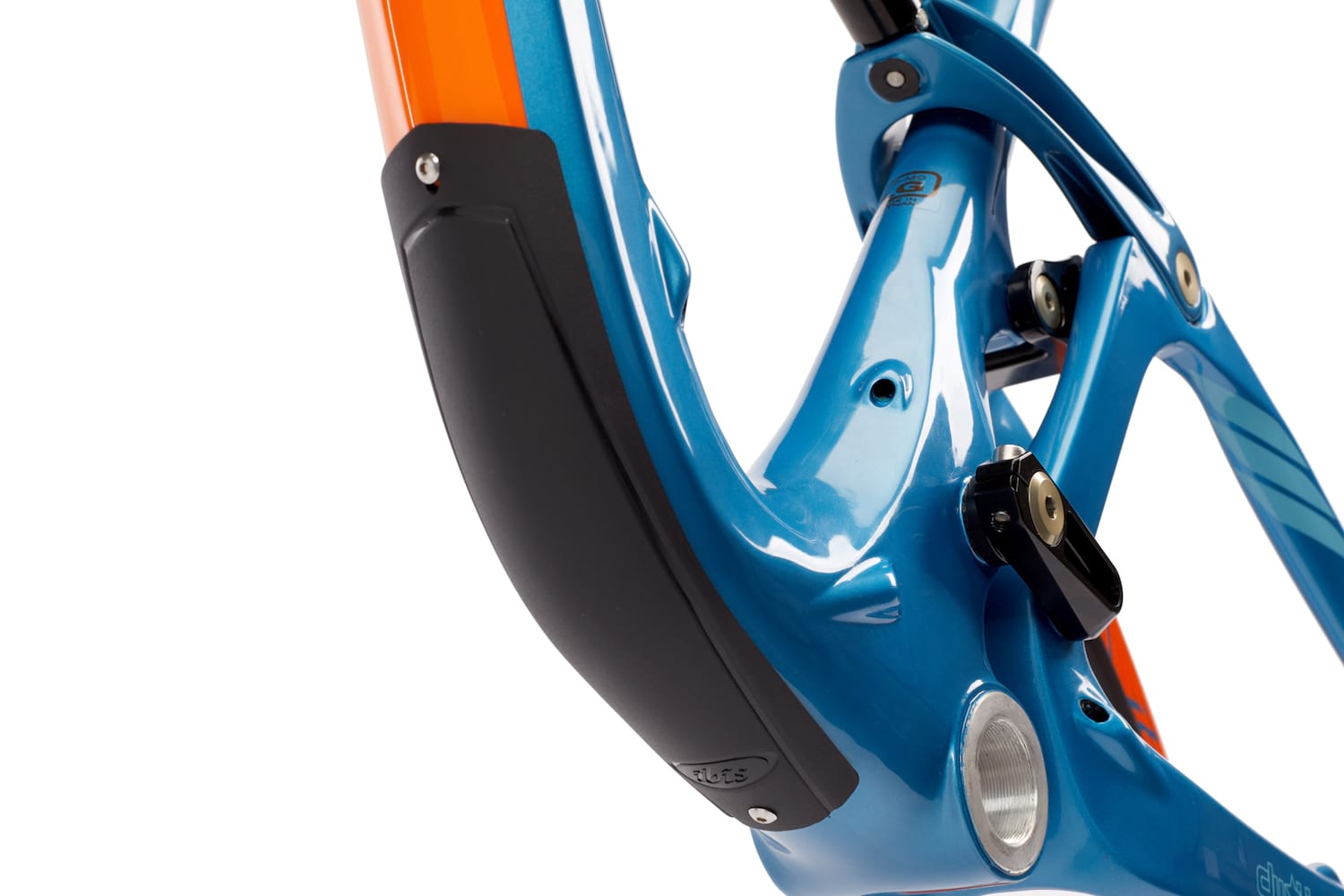
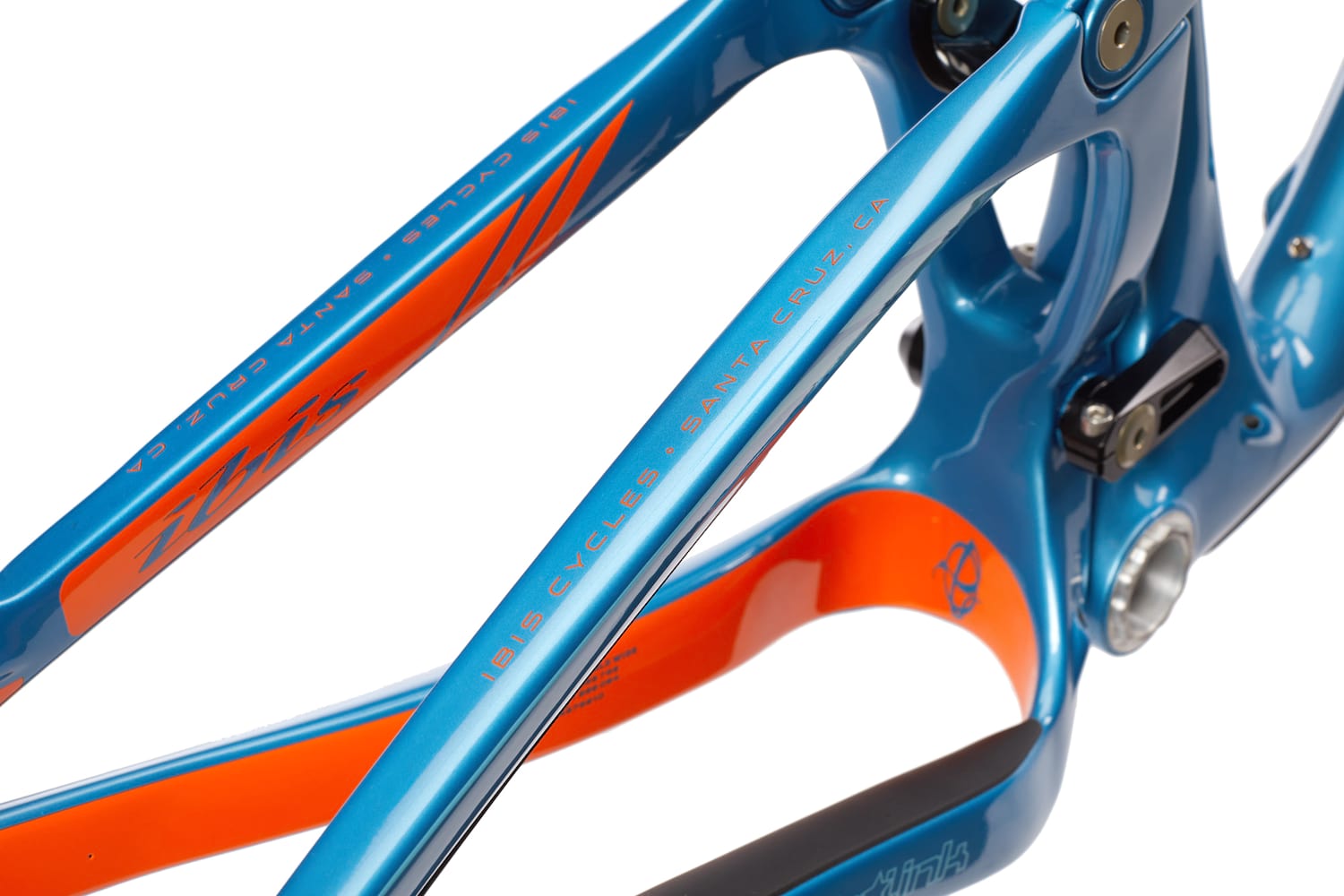
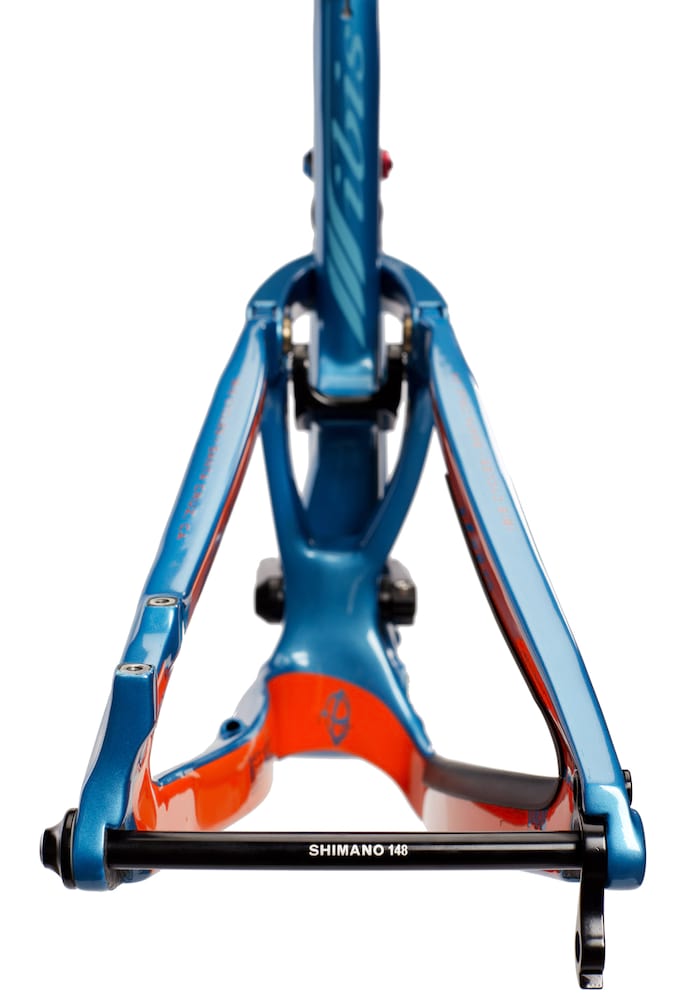
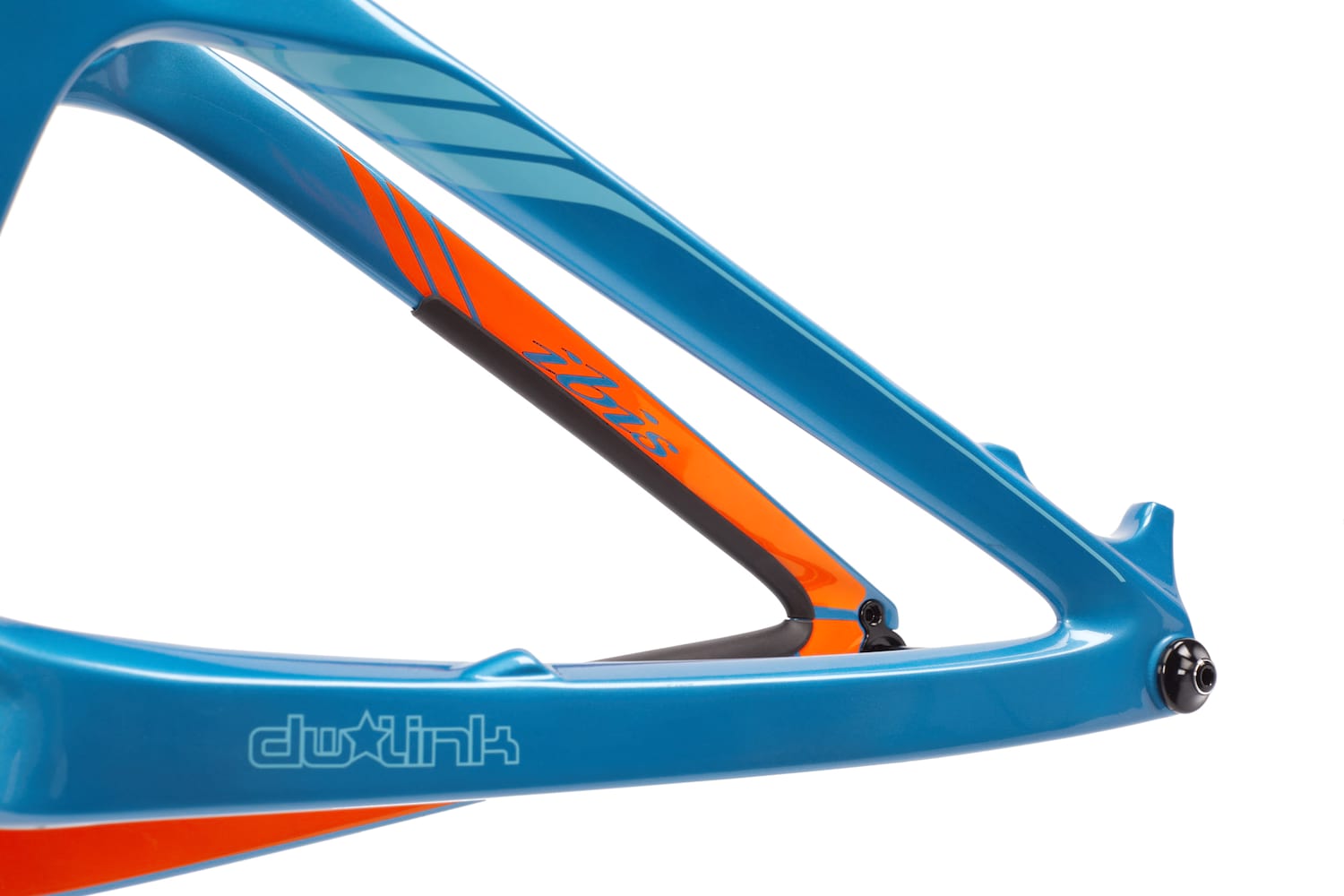
What does this all mean then? Basically, this bike is a steamroller as you might expect. What you might not expect, however, is how well it’ll climb and roll on the less steep stuff. The steepened seat tube angle feels slightly odd when you first get aboard, but this forward weight shift helps keep your weight on the bars when you’re climbing. That, and the shorter fork offset, keeps the front end pretty lively and engaged on climbs. Once the saddle is dropped and you’re on your way down, the bike feels stable and super-capable.
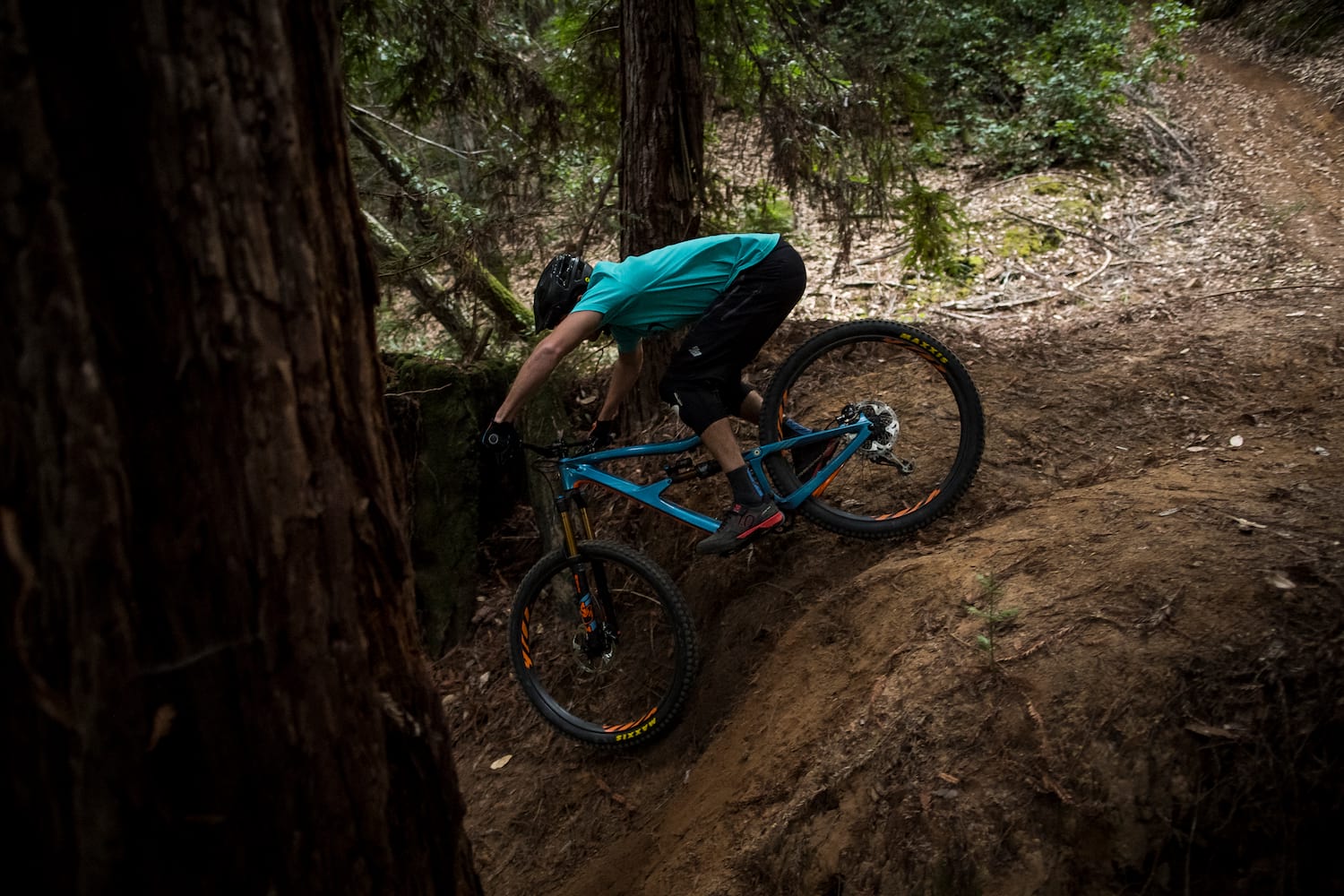
Why am I concentrating on the climbing abilities of this bike when it’s meant for hooning down hill, you ask? It’s because not every enduro stage is a downhill stage, and certainly not every trail ride starts at the top of a mountain. You need to get there to start with and you’re going to spend a lot more time going uphill on one of those bikes than coming down. While there’s still a fine art in creating a bike that will go downhill fast, making one that will climb as well, or will let you power over that short rise on the race stage, is completely another thing. For what is frankly an enormous amount of travel at either end, the Ripmo handles itself very well. The fifth generation DW Link helps un-squat and stiffen the suspension when you’ve got the power on and it keeps relatively high in its travel on technical climbs, with thrutchy, awkward moves possible without flobbing down into the travel and getting the front wandering everywhere when you least need it.
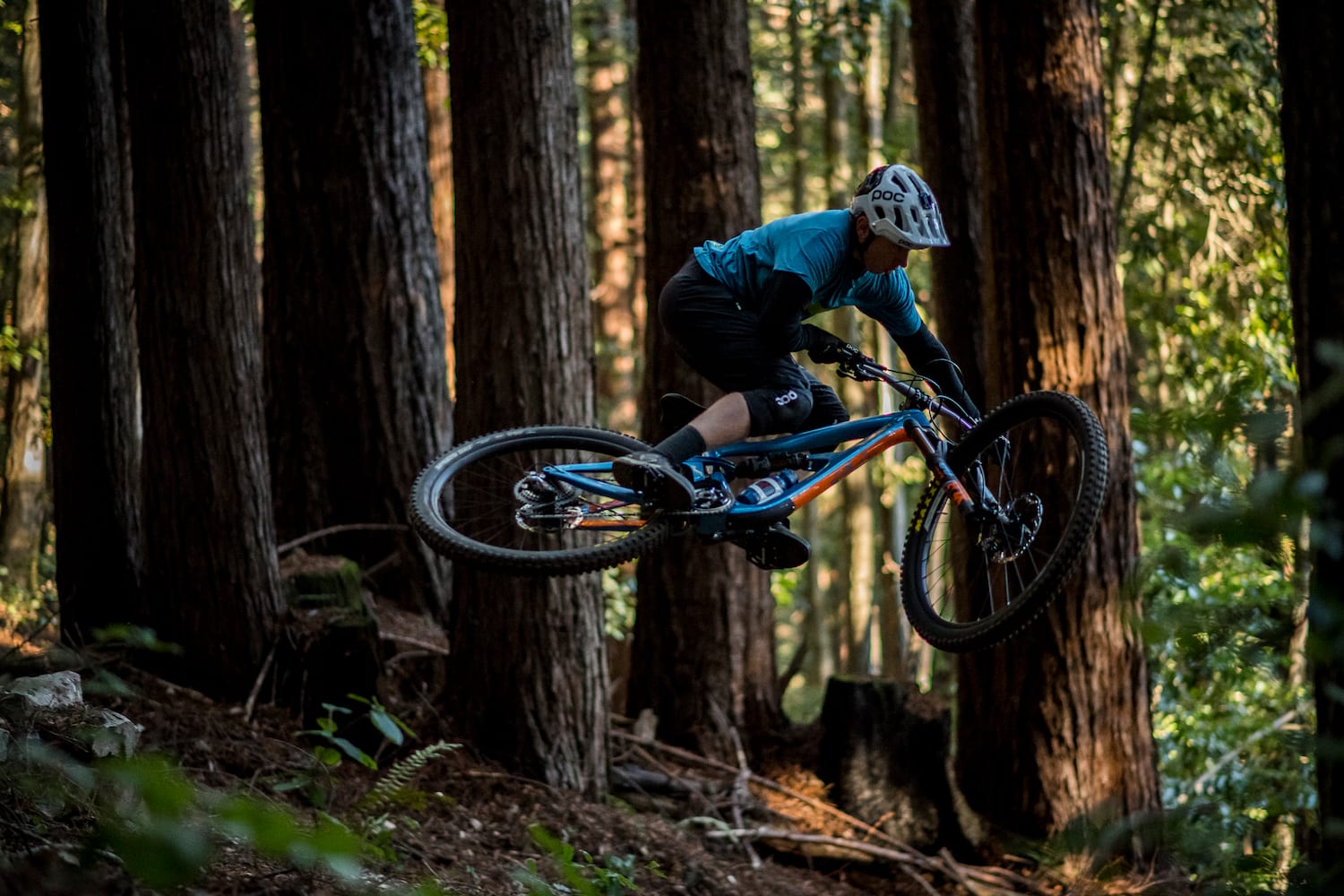
The rear suspension isn’t without its controversy, though. Ibis has ditched ball bearings on its lower linkage in favour of plain Igus bushings (the upper links still use bearings). This has raised some eyebrows among riders used to the sealed bearings = good outlook. There’s a decent argument for bushings in this use, though. Ball bearings are best when spinning and without too much side load (Royce bottom brackets are apparently guaranteed to 10,000 rpm, because that’s the operating limit of the sealed bearings its uses) but something like a lower DWLink shock link doesn’t actually spin, or even move that much. At most it’s a handful of degrees, which means that any ball bearing involved would barely rotate enough to go through a revolution of its steel balls, which does little to share the load. A bushing, meanwhile uses the whole bushing all of the time. Ibis has been trying bushings on its own bikes for more than a year and has been so impressed that the bushings get a lifetime replacement warranty.
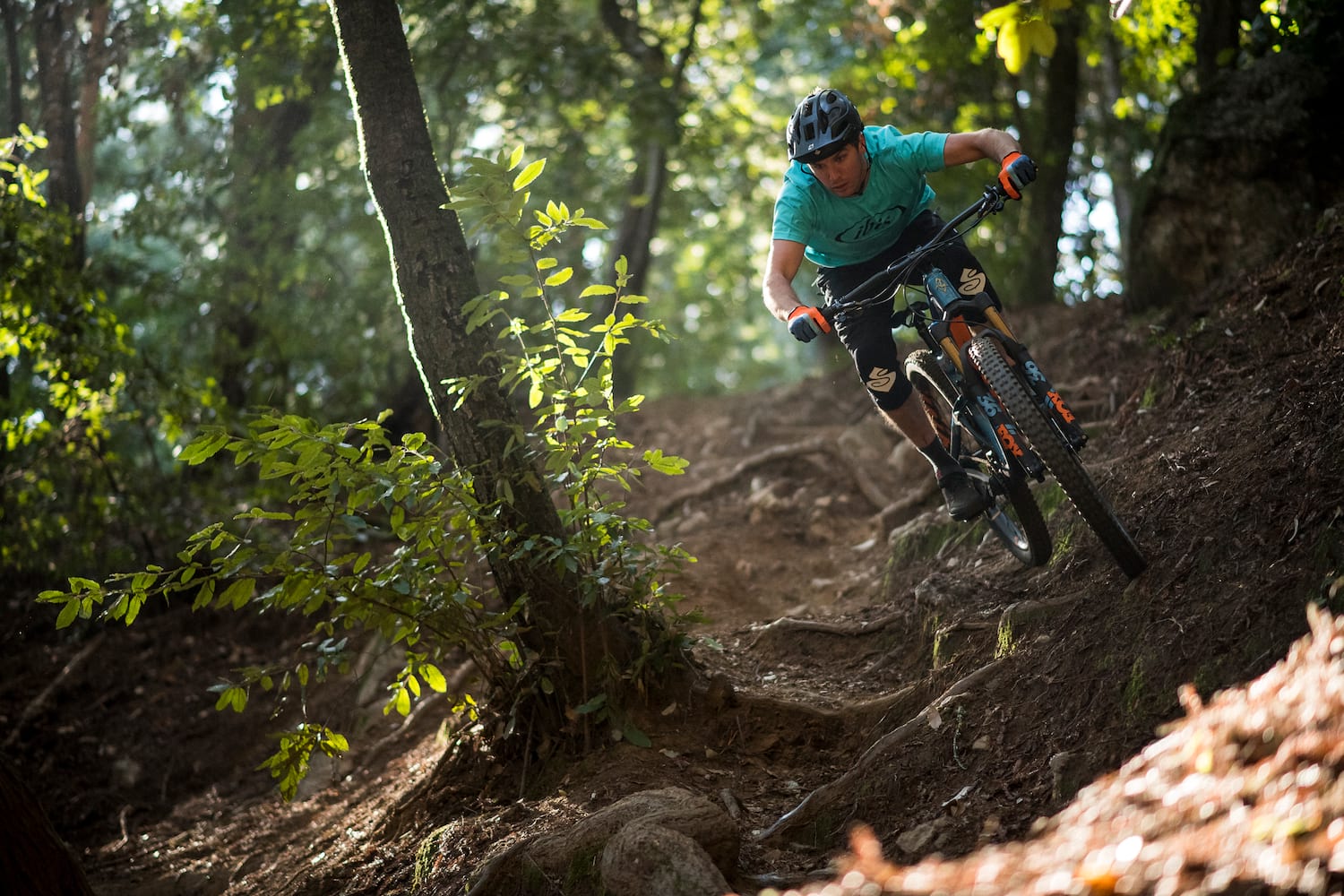
Moving on to the front then, that is a stiff and direct-feeling front end. There’s no slack or flex noticeable through the front end, helping you pick where you want to go (or to discover you’re on the wrong line and just ride it out anyway…) Riding some of our favourite descents, it was a case of holding on until your nerves had had enough. It’s a fun bike.
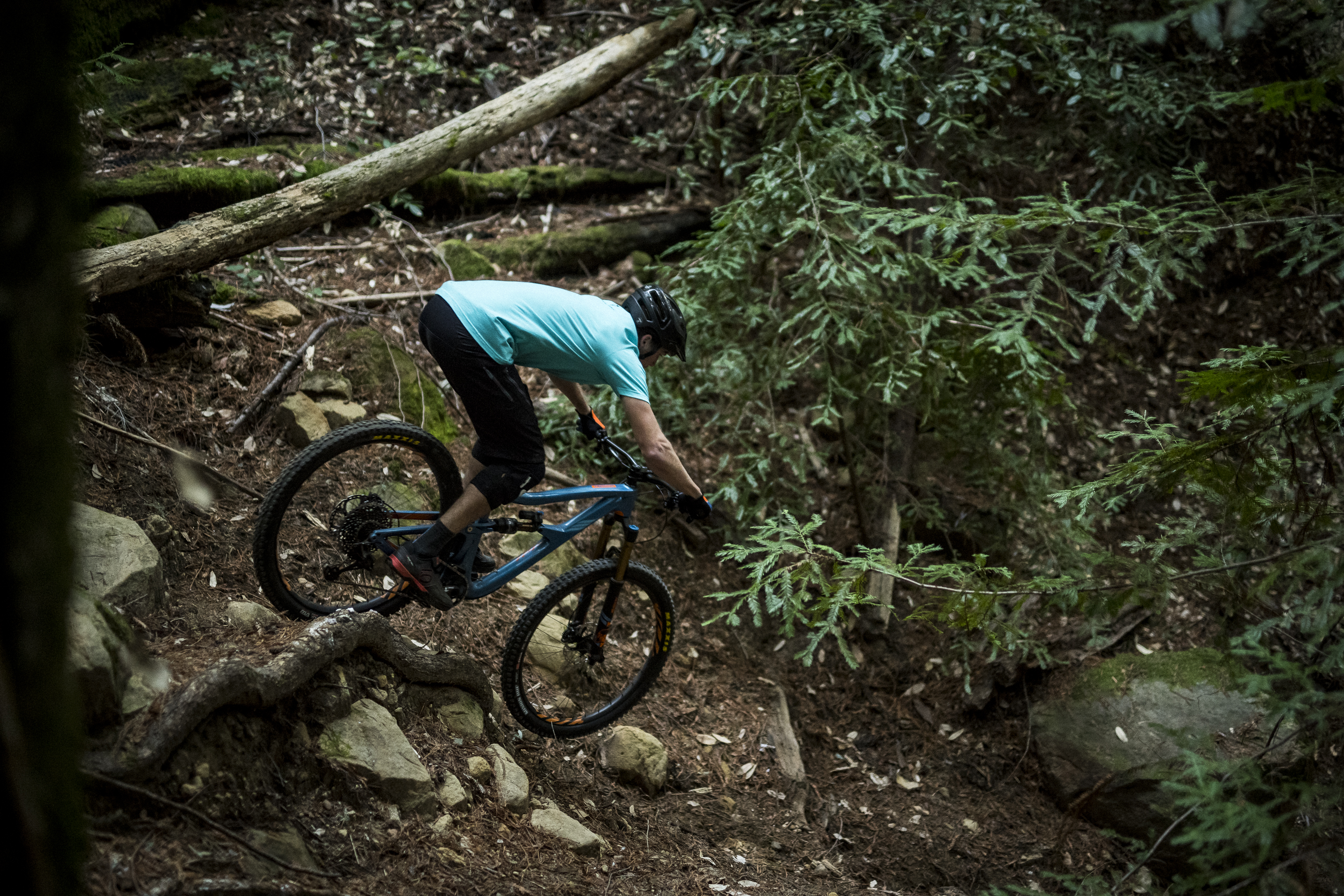
With all of this technology and modern geometry working in your favour, is there anything we didn’t like so far in its short testing life? Well, we’re not sold on the name yet – the Ripmo, whatever its etymology, sounds like it’s trying a little too hard to be cool, but we’ll probably get used to it. The riding position can take a while to get used to, but after a couple of hours, you no longer feel like you’re on a triathlon time trial bike with a steep seat angle. That’s about it. I clonked the pedals a couple of times on rocky climbs, but no more than any full suspension bike.

We should probably mention the price, which will be £2,999 for the frame and Fox DPX2 shock. That’s not pocket change by anyone’s reckoning. Full bike prices start at a decent £4,099 for the SRAM NX build with Fox Float 36 forks, alloy rims and a KS Lev Si dropper, rising to £8,499 for the SRAM XX1 Eagle 12 speed build.
Looks good, eh? The good news for those who must have one in their lives is that the bikes are shipping this week and should be at distributors worldwide in the next few weeks.
For more details, visit: https://www.ibiscycles.com/bikes/ripmo/
And in the UK, the bike will be available through 2Pure as usual right here: ibiscycles.co.uk




Oh dear, as an owner of an HD3 AND HD4, this looks like too many generic frames, not impressed, as for the name, FFS!!
Are they going to roll out the lower linkage bushings to their other frames? I have an HD3 and I love it, but the poor design and placement of the lower bearings means they love attracting water and only last 6 months or so!
The bike looks great, but Ripmo, is that the best they could come up with?!